The next iPhone chip, the A19, could be as fast as Qualcomm's upcoming Snapdragon 8 Elite 2 chipset, but Apple isn't pursuing that in favor of preserving battery life.
The chip inside a smartphone is a major component, as it is core to the performance of the mobile device. However, while the industry drives for the use of faster chips, Apple is doing so with an eye to battery consumption.
According to serial leaker "Fixed Focus Digital" in a June 21 Weibo , it is believed that Apple's A19 chip could be as fast as the Qualcomm Snapdragon 8 Elite 2. The Elite 2 is a yet-to-launch chipset that follows the Snapdragon 8 Elite, used in high-performance Android smartphones.
The leaker says that the A19 should be able to "catch up" with the Elite 2, due to having a higher level of Instructions Per Cycle (IPC) and better efficiency. However, they warn that the performance is not much higher than the Qualcomm competitor.
While Apple observers will be happy to hear the performance similarity, the actual result in consumer devices could be lower. The leaker adds that Apple still focuses on PPA (Power, Performance, Area) in its chip designs, and prefers to work with energy efficiency in mind.
Faster does not equal better
While Fixed Focus Digital has an iffy track record when it comes to rumors, and sometimes goes against the grain when it comes to the opinions of other leakers, there's a chance of being correct here.
The tech industry in general looks at chips from a viewpoint of performance metrics, with benchmark tools helping to declare one chip as better than the other. This is a very simple assessment of a chip's capabilities, and while handy, it ignores the other properties a chip can possess.
It's one thing to have the fastest chip in a smartphone, but it means nothing if it drains the battery faster and leaves an iPhone without power by the end of the day. That's before you take into account that such tests don't look into things like computational photography features, or many other AI-related features.
If the leak's claim about Apple's approach is genuine, Apple could well have a chip that does as well as its main rival this fall, but instead prioritizes other areas.
Other rumors and claims about Apple's iPhone 17 generation also lean into the power-saving philosophy. Specifically, the compact battery inside the iPhone 17 Air.
Rumors say that the iPhone 17 Air's lightweight body could result in a much smaller battery than usual. To combat this shortfall, leakers have claimed that Apple could be using a new advanced silicon battery, as well as raising the prospect of the return of the battery case.
 Malcolm Owen
Malcolm Owen


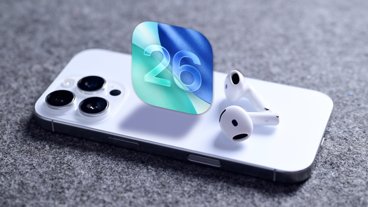
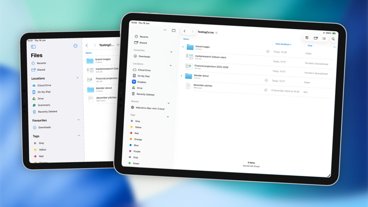




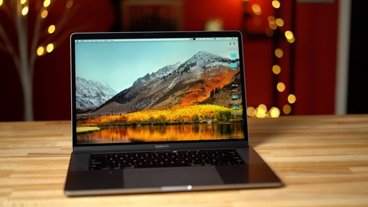
-m.jpg)

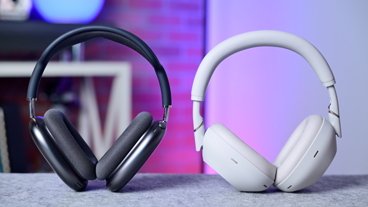
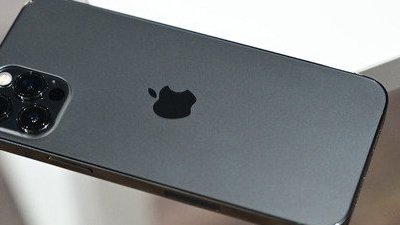
 Charles Martin
Charles Martin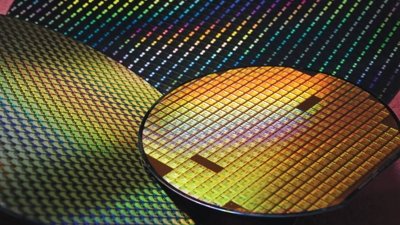


 Mike Wuerthele
Mike Wuerthele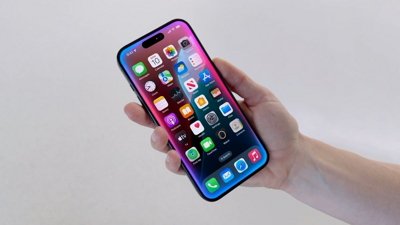
 Amber Neely
Amber Neely
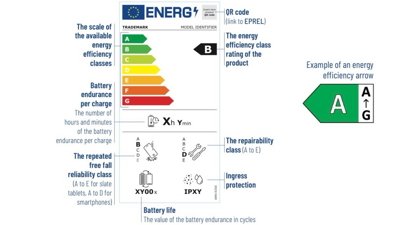
 Andrew Orr
Andrew Orr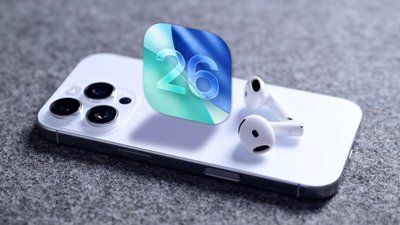
 Andrew O'Hara
Andrew O'Hara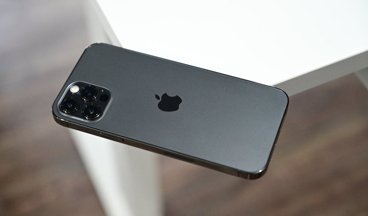
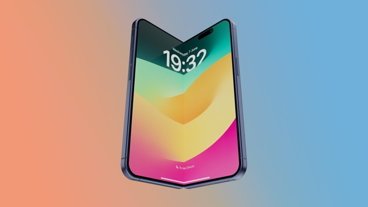
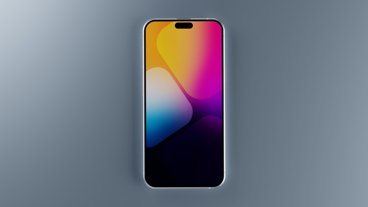

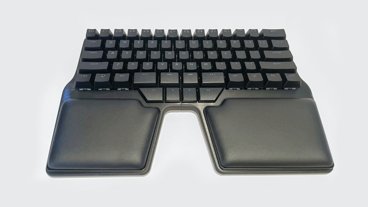

5 Comments
All this means is that any phone using the Snapdragon chip will have carry a backpack full of batteries just to say they have a better CPU than the A19. They'll also have to wear protective gloves so their hands aren't burned from all the heat. Any computer company can build a super fast CPU or complete system but it's always at the threat of burning itself up. We don't need the equivalent of a 200mph car, we simply need something that works well for as long as possible. I don't want an iPhone that needs to be re-charged every hour just to be technically the fastest.
I have iPhone 14 and never once did I think, "It needs to be faster!"
Agreed, Rob53. It eventually becomes a law of diminishing returns. As long as the devices are not powerful enough, there is a great reason to improve their performance. But now, we’re entering a realm where the phone cameras are competing with premium dedicated offerings for photography and videography. The screens are full HDR, high luminance, dark black beasts with enough resolution our eyes don’t see the pixels anymore, all that at 1-120Hz. Likewise, the GPUs and CPUs are now on par with a good quality gaming computer. And finally, we are even getting NPUs that would’ve decimated the coin world would they had existed 20 years ago, and dozens of dedicated coprocessors, not only the old FPU or Neon SIMD of lore. Not even counting 5G+mm/buzzword, WiFi999+++extreme, Bluetooth/99.99, we can connect the phones to an USB-C hub providing device support such as HDMI 4k, Ethernet, Audio in/out for 8 channels at ridiculous rates, external storage. We can even connect a keyboard and mouse. All that to a phone.
For pro usage, yes, of course. Pushing the envelope, as usual. For development. Or for specialized worlds like gaming. But for every day use? iPhone 13 & up are still very potent.
Now, we have the A-series, and then, the M-series, M-Pro, M-Max, M-Ultra. Not counting Watch’s S, Vision’s R, and other « hidden » processors in the range. And cross-pollination between iPad with M-series as well as A-series.
At this point, it makes sense to repurpose the A-series closer to the S-series, and keep on improving the performance/watt instead of pure performance. That would also help devices such as the MacBook Air, that’s starting to get eerily hot on the later models. I wouldn’t mind a highly efficient A19 into a MBA, differentiating it from the performance-oriented M-based MBP.
This is sincerely the same than PCs, where IMHO the technology started getting into the asymptotic part of the diminishing returns curve 10 years ago. There are still reasons to improve computers outside of performance, or specialized parts. integrated GPUs are great examples. I am hoping for great improvement with Intel’s discrete GPUs, where it’ll eventually bring higher quality in the integrated GPU world. We’re already seeing this, where some workloads are executed faster on integrated GPUs than intermediate discrete GPUs. But if we look solely at CPUs, the gigahertz war is roughly over, the number of cores are tapered with efficiency in mind, not only performance. For a regular user, it’s typically not necessary to upgrade. Yes if you do 4K streaming with 2 inputs and interface compositing, as well as playing a game on the same computer, with audio and video processing and compression to Twitch and YT. But we’re getting in the crazy realm now, let’s agree on that! Most users won’t need that. There’s reasons why most people are still buying four core computers even today.
I would guess Apple is using both configurations in A19. Max performance when needed but normal state extends battery life.